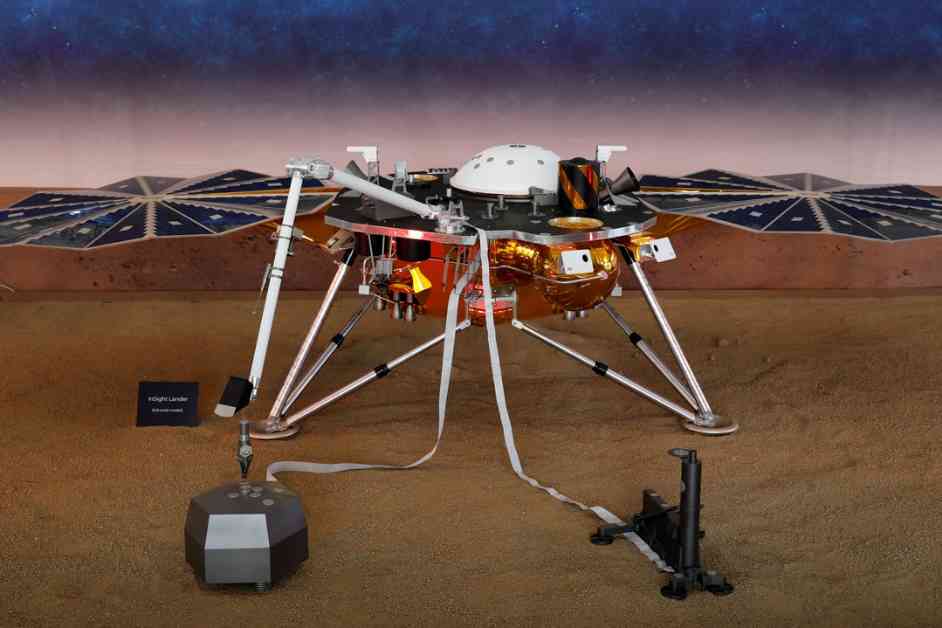Scientists have discovered that deep beneath the surface of Mars, there may exist a massive reservoir of liquid water in fractured igneous rocks, with enough capacity to fill an ocean and cover the entire surface of Mars. This conclusion was drawn from seismic data obtained by NASA’s InSight Mars lander during a mission to decipher the internal structure of Mars. Researchers believe that these liquid reservoirs, located approximately 11.5 to 20 kilometers beneath the surface of Mars, could provide conditions conducive to supporting microbial life, both in the past and present.
Lead author of the study, planetary scientist Vashan Wright from the Scripps Institution of Oceanography at the University of California, San Diego, explained that at such depths, the crust is warm enough for water to exist in liquid form, as opposed to freezing into ice at shallower depths. This research was published in the Proceedings of the National Academy of Sciences.
Another planetary scientist from the University of California, Berkeley, and co-author of the study, Michael Manga, added that on Earth, microbial life has been found deep underground where rocks are saturated with water and energy sources are present. The InSight lander, which touched down on Mars in 2018, aimed to explore the deep interior of Mars and collect relevant data on everything from the liquid metal core to the mantle and crust. Its mission on Mars concluded in 2022.
The InSight lander was able to measure the speed of seismic waves and how they change with depth. These wave speeds depend on the composition of rocks, the location of fractures, and the material filling those fractures. By combining the measured seismic wave speeds, gravity, and rock physics models, researchers were able to determine the existence of liquid water reservoirs in fractured igneous rocks in the mid-crust of Mars.
According to Wright, the fractures in the mid-crust rock are filled with liquid water and can best explain the seismic and gravity data collected. If this water were extracted from the mid-crust fractures, it is estimated that it could cover the entire surface of Mars in an ocean up to 1 to 2 kilometers deep.
While Mars is currently cold and barren on the surface, it is believed to have been warm and wet in the past, during what is known as the “wet period” over 3 billion years ago. Most of the water that once existed on the surface of Mars did not escape into space but rather seeped into the crust.
Manga highlighted the importance of water as a vital resource for potential human missions to Mars or the establishment of long-term settlements. While solid water in the form of ice is present in polar regions and beneath the surface of Mars, liquid water deep under the surface poses challenges in accessibility.
Drilling to such depths is extremely challenging, but another option could be to locate geological activities that release this water, such as in the Cerberus Fossae, an active tectonic region in the northern hemisphere of Mars. Concerns about protecting the Martian environment must also be addressed in the quest for utilizing these water resources.












